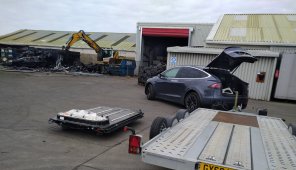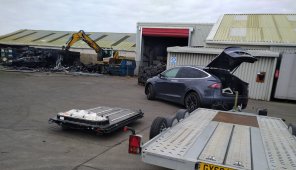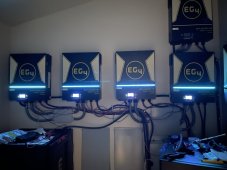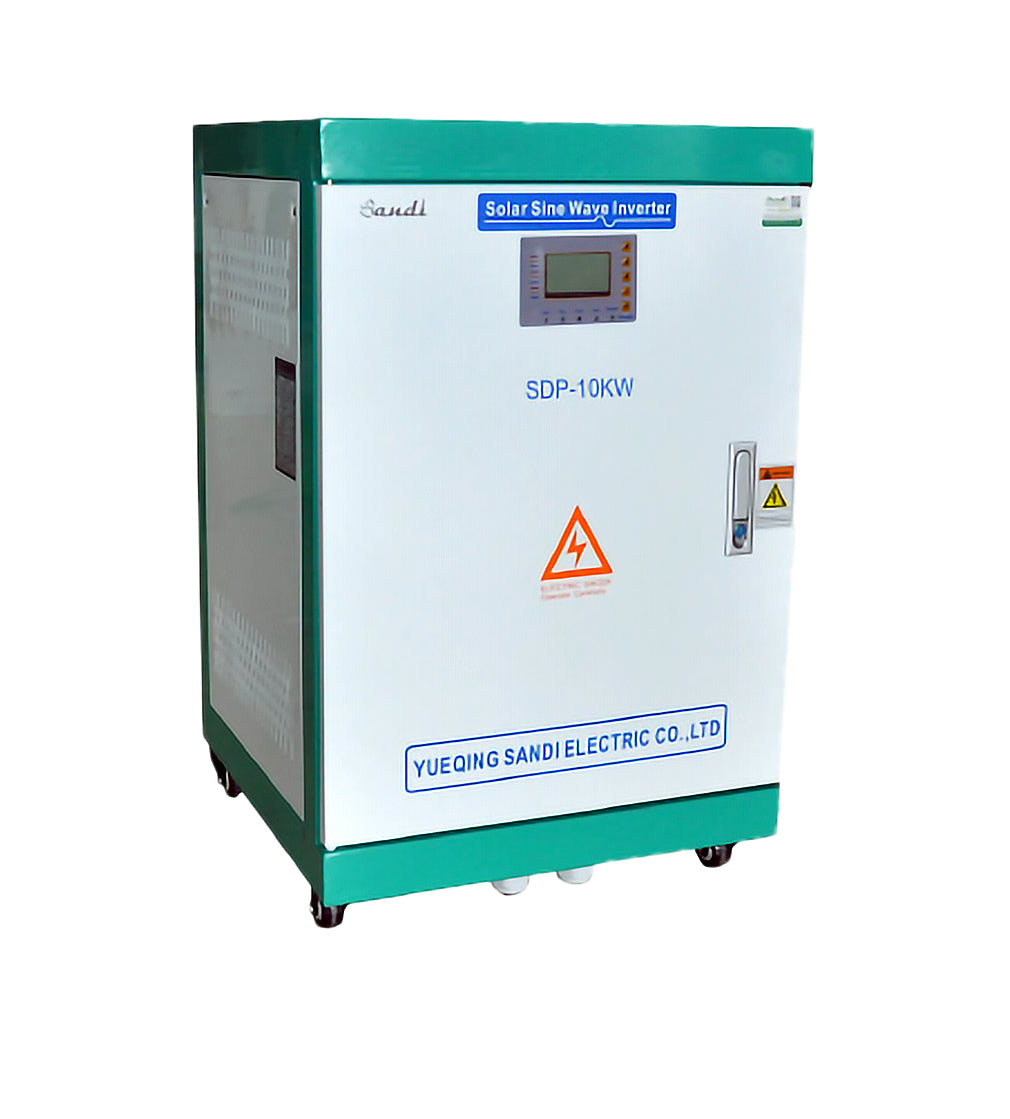Hi
I just bought a complete 2021 tesla model 3 long-range battery, 82kwh with a controller, to allow it to charge-discharge and for the BMS to function as if it was fitted to the car without the need to mess with the battery pack internals. I have also bought 15kw of solar panels for this setup.
I am now looking at an inverter that can handle a 400vdc battery pack, I was thinking of this 25kw one from Goodwe, the reason for choosing 25kw is to allow future expansion and also to allow the battery to be charged fully during the off-peak period
can anyone recommend another inverter that would be suitable for this application?
the plan is to be able to charge the battery on a mix of solar and off-peak energy, as well as sell back to the grid any excess
id also like some sort of smart control so I can leave my car plugged in, to take in any excess solar
my house is 3 phase and I'm on the waiting list with octopus energy to have a smart 3-phase meeter fitted in the coming months with an off-peak tariff
I just bought a complete 2021 tesla model 3 long-range battery, 82kwh with a controller, to allow it to charge-discharge and for the BMS to function as if it was fitted to the car without the need to mess with the battery pack internals. I have also bought 15kw of solar panels for this setup.
I am now looking at an inverter that can handle a 400vdc battery pack, I was thinking of this 25kw one from Goodwe, the reason for choosing 25kw is to allow future expansion and also to allow the battery to be charged fully during the off-peak period
can anyone recommend another inverter that would be suitable for this application?
the plan is to be able to charge the battery on a mix of solar and off-peak energy, as well as sell back to the grid any excess
id also like some sort of smart control so I can leave my car plugged in, to take in any excess solar
my house is 3 phase and I'm on the waiting list with octopus energy to have a smart 3-phase meeter fitted in the coming months with an off-peak tariff






